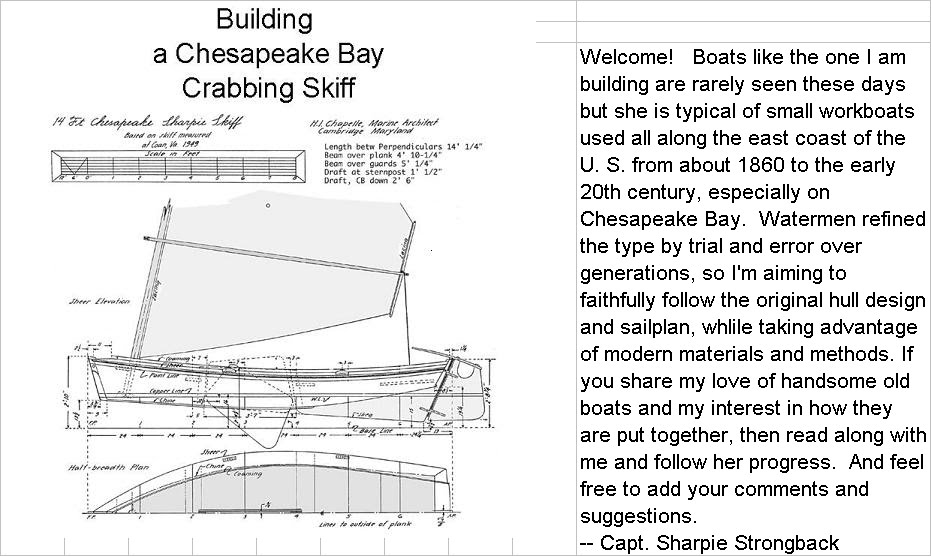To make the rowing thwarts and centerboard trunk I need the thickness planer, which is in for repair at the DeWalt factory service shop in Tampa. They have parts on order, and I'm waiting impatiently to get the tool back.
In the meantime, I've been using the time to shop for needed materials. Yesterday I picked up a variety of epoxy curing agents and the lumber to make centerboard trunk parts, and the bolts to attach the centerboard trunk and the mast step.
Also yesterday the machine shop guy finished the stainless steel clamp to hold the mast tight with the mast thwart, and I picked it up. He did a good job of it, and gave it a dazzling polished finish.
Today I spent time visiting local sailmakers and enjoyed talking with them about the sail I need. The four-sided sail is unusual, and even though Chapelle's sail plan is pretty specific, I had to be careful to explain how it is supposed to work. I got at least three very different sets of ideas and recommendations, to say nothing of different prices. I have a couple of others to hear from, and I'll probably make a decision early next week.
This afternoon I did a little actual work on the boat. I installed, at least dry fit, the mast clamp. It attaches to the aft face of the mast thwart with wing nuts on 5/16" threaded rods which go through holes in the clamp and are sunk into the thwart, . There is not enough room forward of the thwart to fit in bolts long enough to reach all the way through the thwart (would have to be 8") I've given a lot of thought about how to secure the threaded rods into the thwart and be sure they won't pull out. Everything I've read said just bed them in epoxy, which would probably be strong enough.. But what I settled on is much more secure.
I drilled 5/16" holes for the rods horizontally, but then I marked the path of those holes and drilled down from above 5/8" holes to intersect, not all the way through the thwart, but deep enough to slip in nuts for the rods to thread into. Now I can fill the rod holes and the cross holes with epoxy and it's a cinch they aren't pulling out. In the picture, the rod on the left isn't threaded all the way in yet.
Before I drilled holes in the permanently installed thwart, I tried out the idea and practiced on a piece of scrap wood in the workshop.
The mast clamp is part of Chapelle's plan, but he said to sink U-shaped staples into the thwart, to fit through slots in the clamp, and then hold the clamp in place by inserting pegs or pins into the staples. But the staple idea seems even less secure, and in any event there would be no way to adjust the tightness of the clamp against the mast. So I did it this way. Although I might not be the first to think of this solution, I did come up with it independently, and I'm very pleased with myself.
Tomorrow I'll cover the centerboard with polyester fabric and start making the mast step. At least that's the plan. The mast step will not be adjustable, so my plan is to temporarily screw it in place from below. Later on, after the sail is made and the boat is rigged, I'll be able to set the exact right fore-and-aft position for the step. Then I'll bolt it on permanently.
Friday, September 10, 2010
Subscribe to:
Post Comments (Atom)


That's a great idea.
ReplyDeleteI have a 16' 2x10 board that is bolted into the concrete base under the bricks of the back patio (analogous to your clamp but at a much larger scale), and the bolts on one end have pulled free as the board warped over time. I've been mulling over how to fix this securely, and I don't have a lot of faith that just stuffing the holes with Quickcrete and setting in new bolts would hold long term. Your design might be the trick. Remove the bricks, drill in from the top, nut the bolts, fill in the holes, replace the bricks. Brilliant!
-- Mike